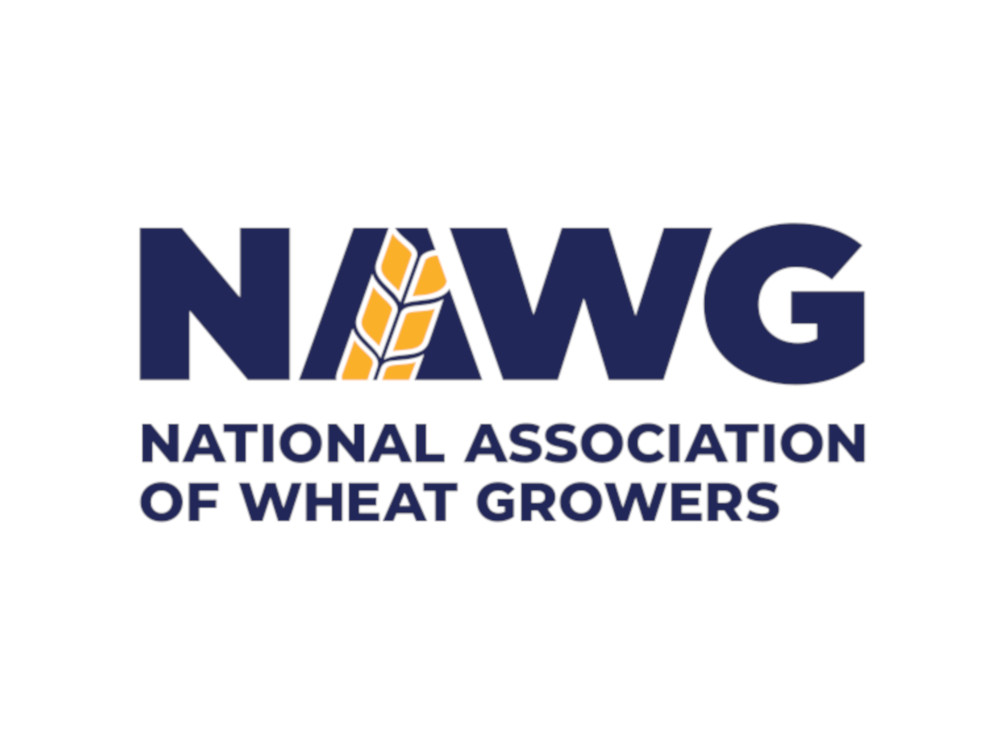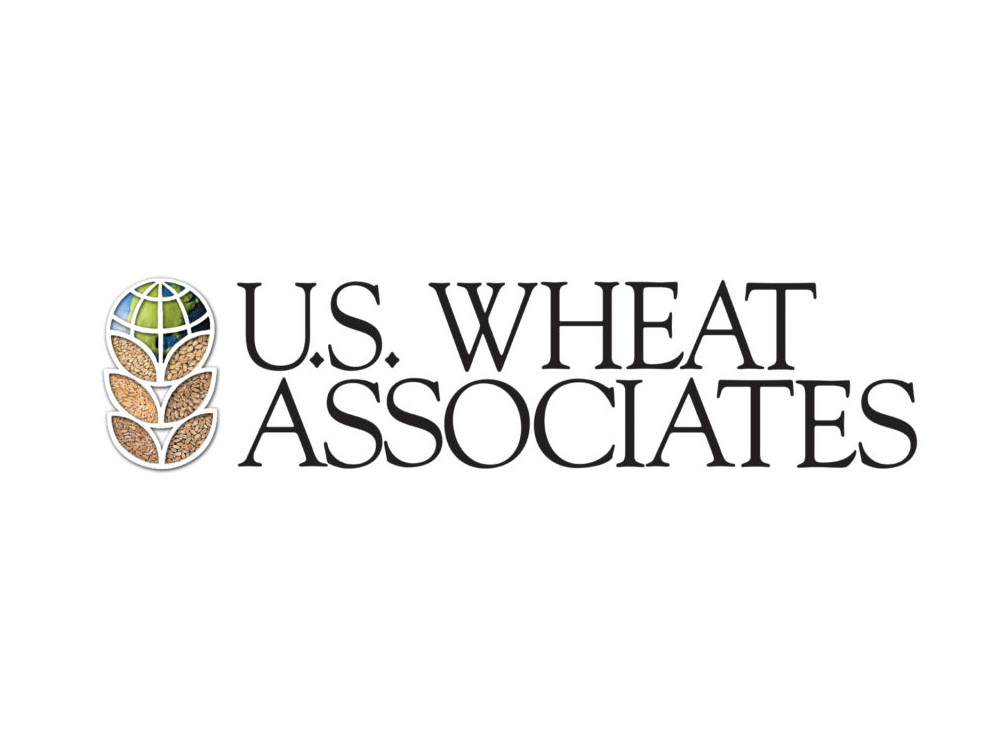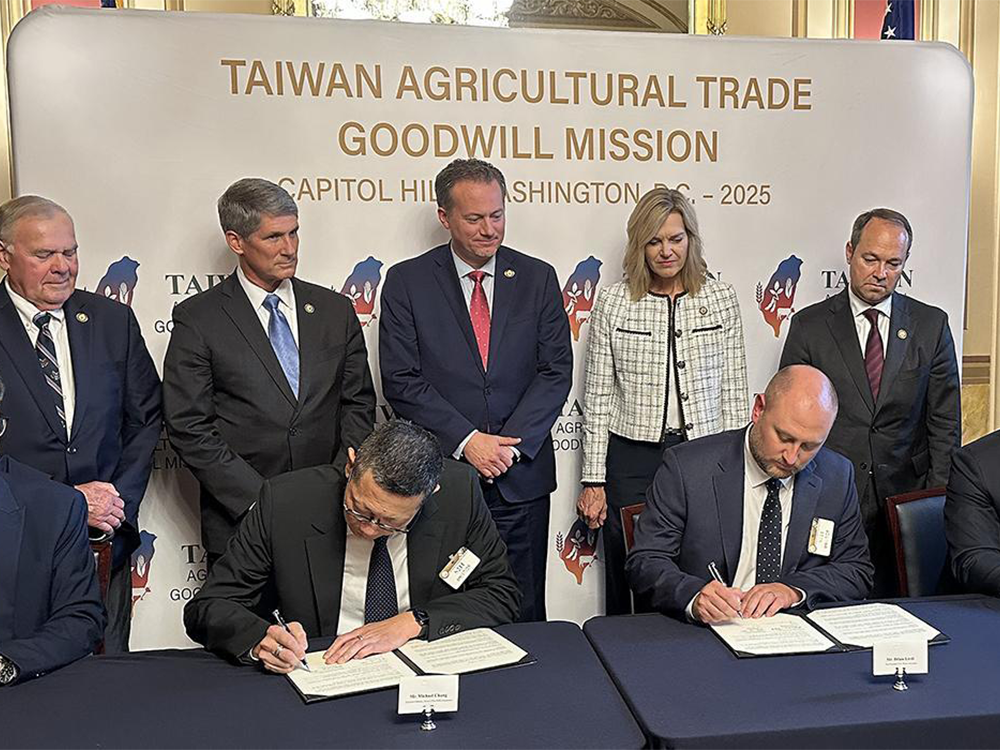While Minnesota wheat growers are hard at work in their fields, Minnesota wheat checkoff dollars are working hard on their behalf to increase farmer profitability. And as the steward of wheat checkoff investments, the Minnesota Wheat Research & Promotion Council (MWRPC) carefully selects research projects that improve yields, reduce input costs and increase value.
This growing season, several projects caught the eye of MWRPC’s farmer leaders, with 13 projects receiving funding for Fiscal Year 2026.
To foster a thorough discussion about each project before approval decisions are made, the research committee – comprised of individuals with a variety of backgrounds – evaluates proposals for quality and gives its recommendations to the full MWRPC board of directors. The following projects shined and earned a spot on this year’s research roster.
“We partner with established researchers across the region to develop better wheat varieties, more effective and efficient agronomic practices and develop new uses or more valuable uses for wheat,” MWRPC Executive Director Brian Sorenson said. “This is the cornerstone of the Council’s efforts. Wise investment of checkoff funds is critical to improve the profitability of wheat for our producers, which is the main purpose of our organization.”
The following projects shined and earned a spot on this year’s research roster.
Optimization of bacterial leaf streak screening nurseries for hard red spring wheat in Minnesota
Rebecca Curland, University of Minnesota
Bacterial leaf streak (BLS) is a significant disease in Minnesota, as well as other wheat-growing regions. Leading to reduced yield and grain quality, BLS is a priority concern for Minnesota wheat growers. In this project, Curland will use genome sequence data to determine which bacterial genotypes are present in BLS infections of commercial wheat crops from the past five years and test a subset of those strains in field trials using a variety of wheat lines. She’ll also investigate how inoculation timing affects disease severity. Ultimately, this checkoff sponsored project will benefit wheat breeders and producers in Minnesota by reducing the prevalence of BLS and enhancing wheat yields.
Breeding to boost seed-filling and increase Minnesota wheat yields
Walid Sadok, University of Minnesota
During the seed-fill period, which is the most critical window for the productivity of grain crops, the wheat plant needs energy to fill the developing grain with nitrogen, starch and other nutritional factors. In this project, Sadok aims to increase the plant’s rate of seed-fill by increasing flag leaf photosynthesis, which based on theoretical evidence, could increase current wheat yields by 15 percent or more. Confirmed in the first year of the project, increases in flag leaf photosynthesis have played a role in yield increases achieved by the University of Minnesota’s wheat breeding program and the goal is to develop a high-volume screening method for detecting the trait in large populations. If successful, Sadok’s project would enable higher rates of Minnesota wheat yield increases and directly benefit farmer’s economic returns.
Breeding resilient winter wheat varieties for FHB resistance and straw strength
Sunish Sehgal, South Dakota State University
Growing winter wheat offers several advantages, including a 20 percent yield increase compared to spring wheat, healthy cover crop rotation, soil moisture conservation, water quality improvement, soil erosion reduction and soil structure and health development. With increased local demand for soft and hard wheat in southern and western Minnesota, it’s important to develop winter wheat varieties with strong Fusarium head blight resistance and straw strength adapted to the region. This project will enhance FHB resistance and straw strength in soft and hard winter wheat, as well as develop and release winter wheat varieties for the region.
Third year evaluation of Johnson-Su Bioreactor extract as seed treatment
Lindsay Pease, University of Minnesota
High yielding wheat requires high amounts of applied nitrogen and phosphorous fertilizer. To determine if fertilizer rates can be reduced in wheat, Pease will continue her work of using a furrow-applied Johnson-Su bioreactor compost extract to inoculate the soil with beneficial microorganisms. Those microorganisms work symbiotically with crop roots to supply additional soil nutrients that are inaccessible by the crop, which would immediately benefit producers by reducing their fertilizer needs and improving the health and biological activity of their soil.
Enhancing spring wheat yields through split in-season nitrogen and sulfur applications in conventional and no-till systems
Sergio Cabello-Leiva, North Dakota State University
Accurate management of nitrogen (N) and sulfur (S), two elements that are critical for photosynthesis and chlorophyll production, is essential to optimize wheat yields and reduce environmental impact. This project will continue evaluating the effects of N and S rates on wheat yield in Carrington, N.D., and Staples, Minn. In its first year, the research demonstrated that a split application can be as effective as full rate planting date application and, overall, split application significantly enhanced wheat yields in both locations, suggesting the potential for higher yields with reduced fertilizer use and lower carbon intensity.
Influence of hard red spring wheat flour quality and particle size distribution on pasta characteristics
Amrita Ray, Northern Crops Institute
While durum wheat is traditionally chosen in pasta production for its high protein and gluten content, interest is growing in using locally grown spring wheat as a cost-effective alternative. Ray’s research will explore the potential of various commercial spring wheat flours as alternatives to durum semolina in pasta production, assessing how flour qualities influence pasta development and key characteristics of the final product, including texture, cooking quality and sensory attributes. The findings will help pasta processors understand how to utilize commercially available hard red spring wheat flour and broaden the range of raw materials used in high-quality pasta production.





